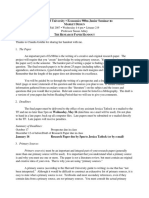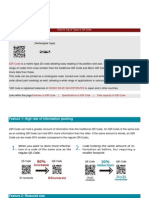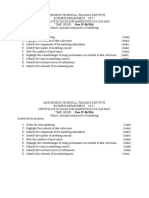0% found this document useful (0 votes)
28 views12 pagesPractical
This document provides a comprehensive guide on setting up Python and Jupyter Notebook for data manipulation using Pandas and SQL. It covers installation, creating DataFrames, basic and advanced data manipulation techniques, and querying data with SQL in Jupyter Notebook. Additionally, it includes practice exercises to reinforce learning.
Uploaded by
eczhyenaCopyright
© © All Rights Reserved
We take content rights seriously. If you suspect this is your content, claim it here.
Available Formats
Download as PDF, TXT or read online on Scribd
0% found this document useful (0 votes)
28 views12 pagesPractical
This document provides a comprehensive guide on setting up Python and Jupyter Notebook for data manipulation using Pandas and SQL. It covers installation, creating DataFrames, basic and advanced data manipulation techniques, and querying data with SQL in Jupyter Notebook. Additionally, it includes practice exercises to reinforce learning.
Uploaded by
eczhyenaCopyright
© © All Rights Reserved
We take content rights seriously. If you suspect this is your content, claim it here.
Available Formats
Download as PDF, TXT or read online on Scribd
/ 12























































































